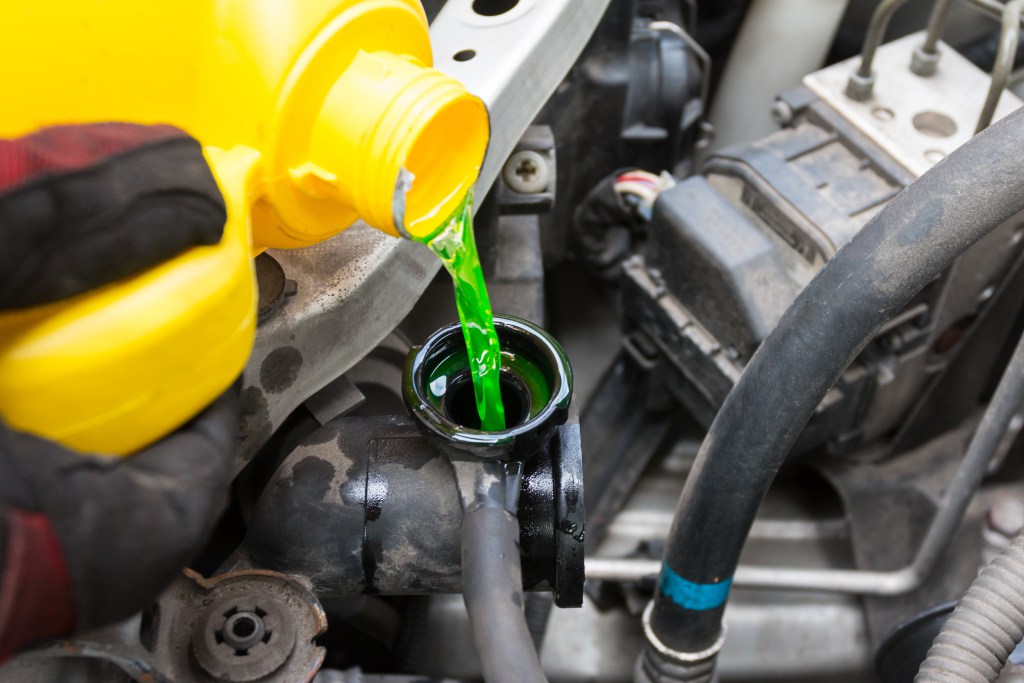Why is there Sludge or Slime in my Radiator? John Baker|Aug 24, 2018 9:28 AM Cooling-system issues account for nearly 40 percent of engine failures. Clearly, it pays to take care of your vehicle’s cooling system. Sludge/slime are one of the common symptoms of larger problems. Left unchecked, it’ll plug the radiator, heater core or […]
You are browsing archives for
